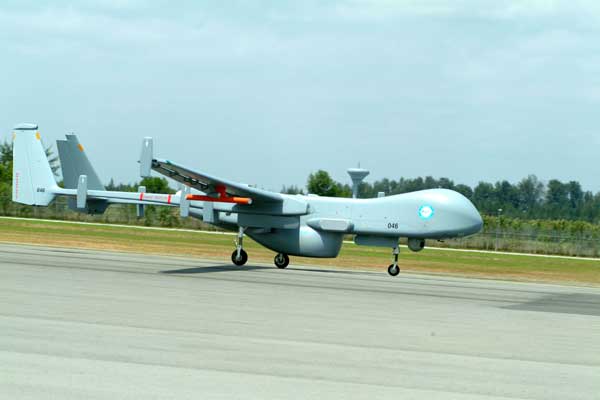India is set to expand its fleet of Israeli-made Heron drones and arm them with Spike anti-tank guided missiles, marking a significant leap in the country’s unmanned warfare capability.
The armed forces, which already operate Herons across the Army, Navy and Air Force, have placed fresh orders following the UAVs’ successful deployment in Operation Sindoor against Pakistan earlier this year. Intelligence agencies, too, employ these systems for specialised missions.
According to defence officials, the focus is now on weaponising the drones. One wing of the services is working to integrate Spike-NLOS (non-line-of-sight) anti-tank guided missiles, giving the Herons precision-strike ability against enemy positions.
Primarily used for long-range surveillance along India’s borders with China and Pakistan, the Herons have been credited with enhancing situational awareness in some of the country’s most sensitive theatres.

Also read: Indian Army to expand frontier infrastructure in Arunachal
The Air Force and the Ministry of Defence are also advancing Project Cheetah, an initiative to upgrade existing Herons with enhanced surveillance and combat features. In parallel, India has been inducting the Heron Mark 2, equipped with satellite communication links that allow extended-range missions and longer flight durations.
Beyond Israeli imports, India is pursuing an indigenous programme to develop Medium Altitude Long Endurance (MALE) drones. Under this scheme, the government plans to procure 87 UAVs through competitive bidding, with firms such as Hindustan Aeronautics Limited, Larsen & Toubro, Adani Defence, and Solar Industries expected to bid. Some of these projects are likely to be undertaken in collaboration with established Israeli manufacturers.
The armed forces have projected a long-term requirement of nearly 400 MALE-class UAVs over the next decade and a half, reflecting the growing role of drones in surveillance and combat operations.


